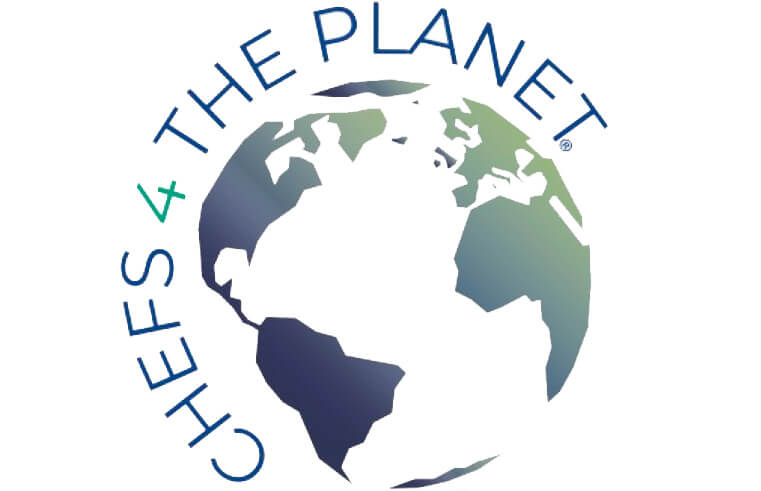Rowen White of Sierra Seeds on how an ancient practice can breed more resilient crops and reconnect us all to our cultural roots.
Rowen White has spent more than two decades working with seeds. She believes they are more than the beginning of plants; they are links to our past, with memories to share and stories to tell. And that makes saving them key to ensuring a stable food supply in a changing climate.
For millennia it was common practice for farmers to harvest the seeds of their most successful plants and use them to continue the lineage. That started to change about 200 years ago with the rise of industrial food production and, more recently, increased reliance on engineered and genetically modified seeds. Preserving them for the next growing season often qualifies as a patent infringement, forcing farmers to buy new ones each year.
White, a Mohawk farmer in Nevada City, California, founded Sierra Seeds in 2007 to offer workshops and mentorship for those who want to revive the ancient practice. She argues that buying new seeds isn’t just a waste of money — it also prevents farmers from adapting plants to their bioregion, a vital process in a warming world. If a crop can thrive in, say, extremely dry conditions, saving seeds increases the likelihood that its descendants carry on its drought-resistant genes.
The practice also could increase crop diversity, providing further safeguards against climate change. Corporate control of seed breeding has narrowed the variety of plants available to maximize efficiency. Some 6,000 plant species have been cultivated as food over the course of human history. Today, just nine species account for 66 percent of global crop production, leaving our food system without the biodiversity it needs to withstand severe weather and disease.
Read the rest here: https://grist.org/fix/how-saving-seeds-can-preserve-the-food-of-the-future-and-past/


